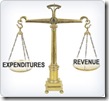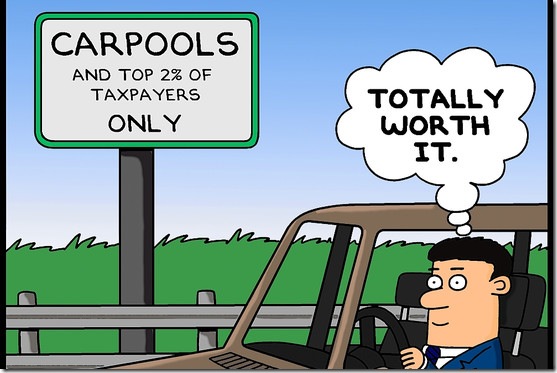This week, PayPal announced it is leaving the Libra alliance. While that may sound like a vote against Libra, it’s more likely a vote against the dollar. PayPal was just approved as China’s first western payment processor, and its likely that PayPal is simply betting that China’s digital currency is more likely to win than Facebook’s.
Today, US Dollars are the world’s dominant reserve currency, representing 62% of all reserves, while the RMB accounts for a mere 2%. Despite having the globe’s 2nd largest economy by GDP, China’s RMB has only became reserve currency 3 years ago in October, 2016 and it has grown from 0% to 2% in a very short time.
Meanwhile, in digital currency, American politicians are fighting digital. Democrats, such as Senator Maxine Waters, and Republicans, such as President Donald Trump, both see Facebook’s Libra as a threat to the US Dollar. Trump goes so far as to say that all digital currencies are an affront to the USD. At the same time, China’s leadership is ready to embrace digital currency and is accelerating projects to create a government-backed digital currency. Who’s right here? America sees digital as a threat while China sees digital as its opportunity to break out.
Frankly, digital currencies are unstoppable. We have a global economy, but we don’t have a global currency. Digital currencies, which can move globally with zero friction and zero counterparty risk are the first opportunity we’ve had to build a truly global currency. While the US should use its position as the dominant reserve to propel digital currencies forward, it instead sees it as a threat and is attempting to block it. But the US has no jurisdiction globally, and its competitors would love nothing more than to displace the dollar. As such, China rightly recognizes that digital currency is just what it has been waiting for: a global distribution vehicle for RMB.
If the US can’t get its act together soon, it will lose. Crypto-currency is the future. As Marc Andreesen once said, “software is eating the world.“

